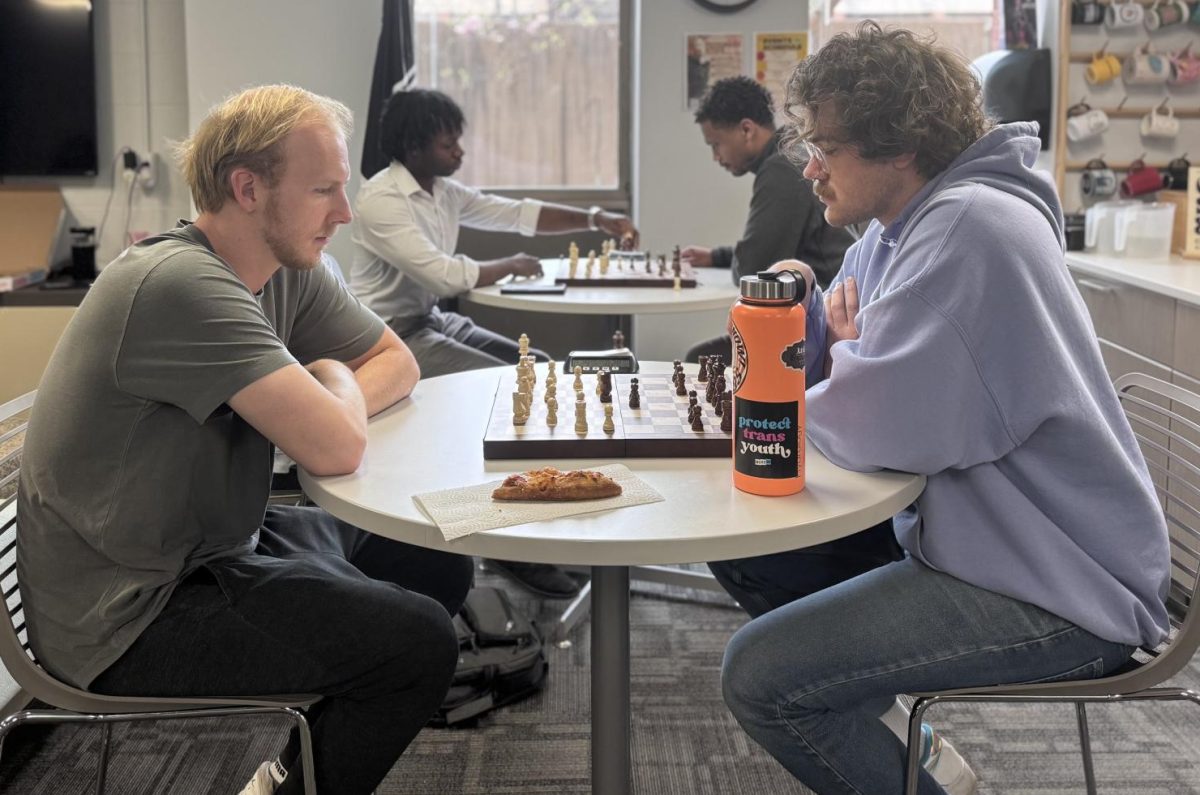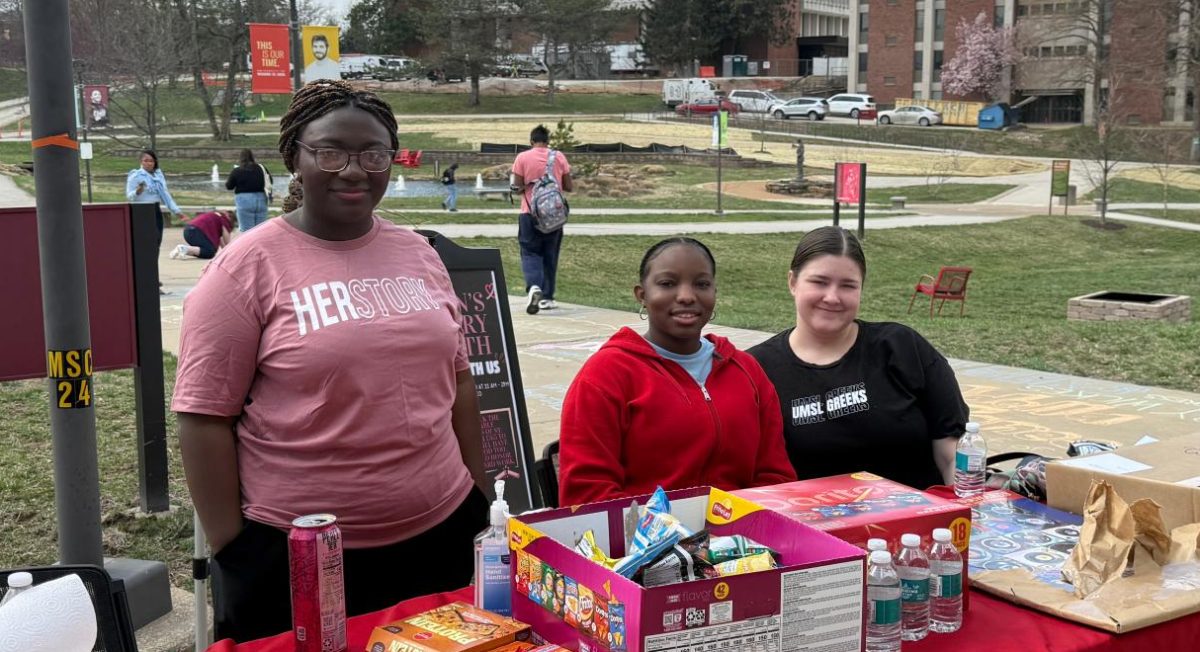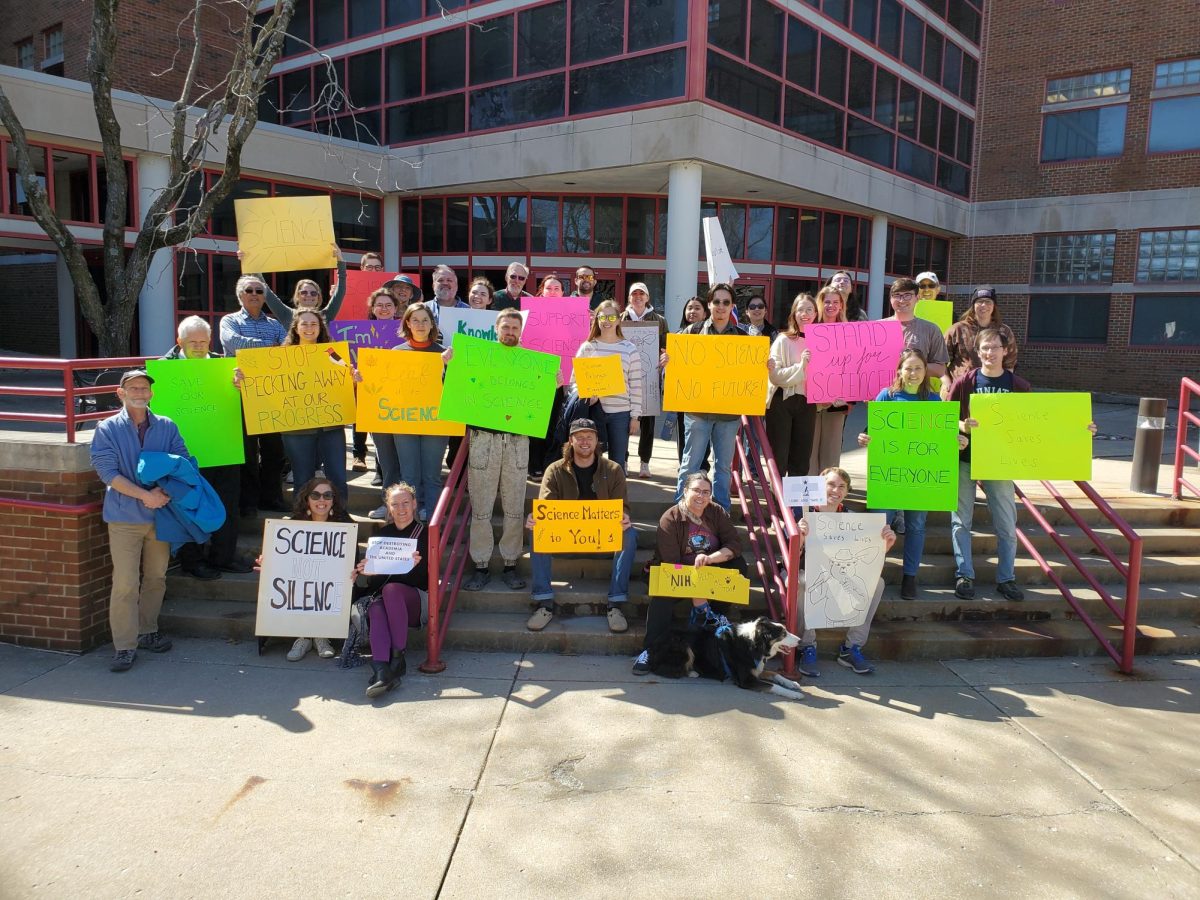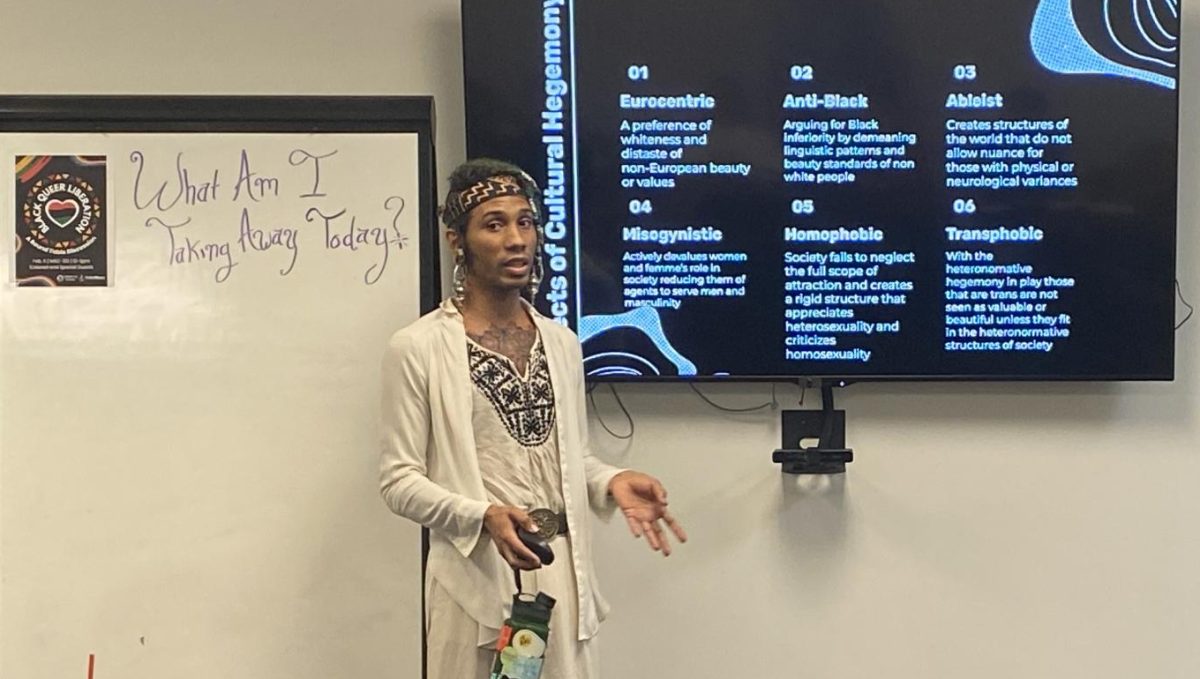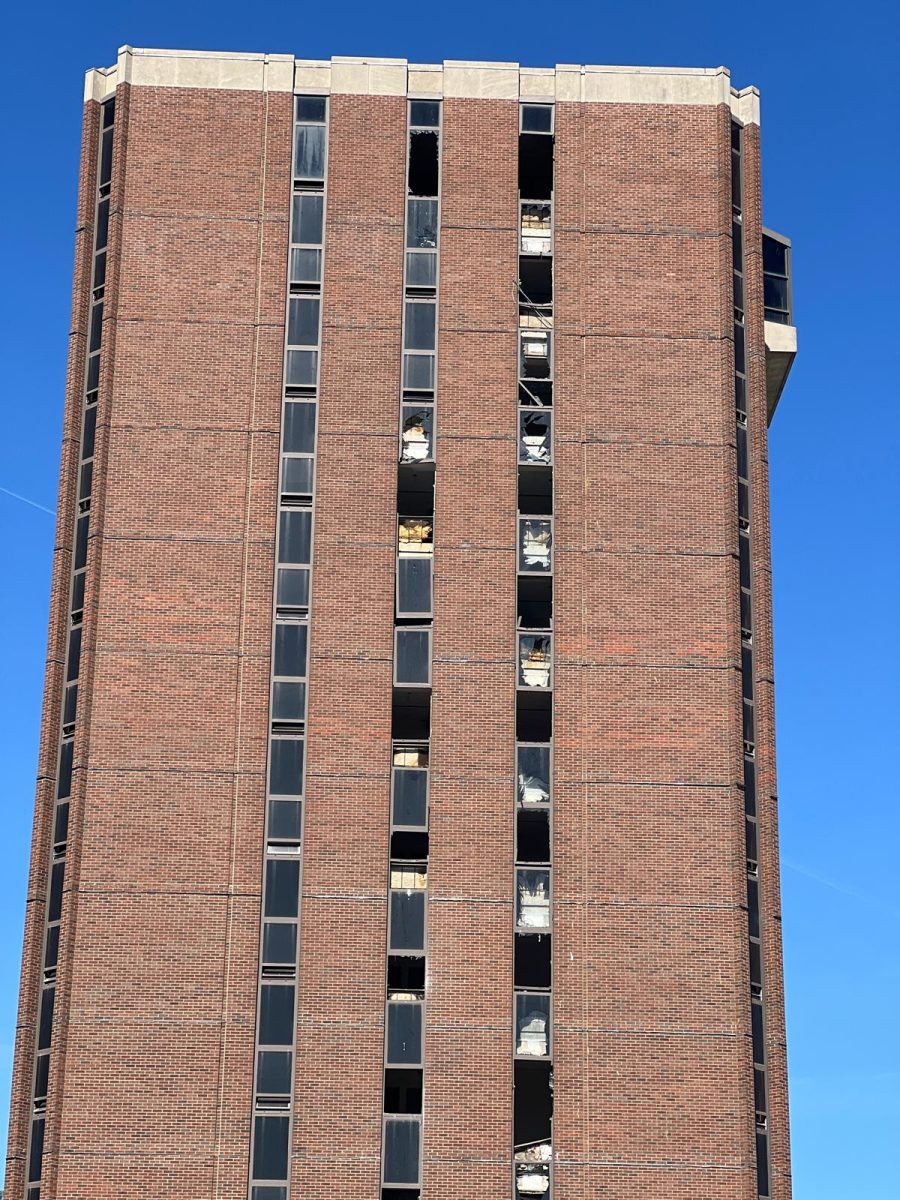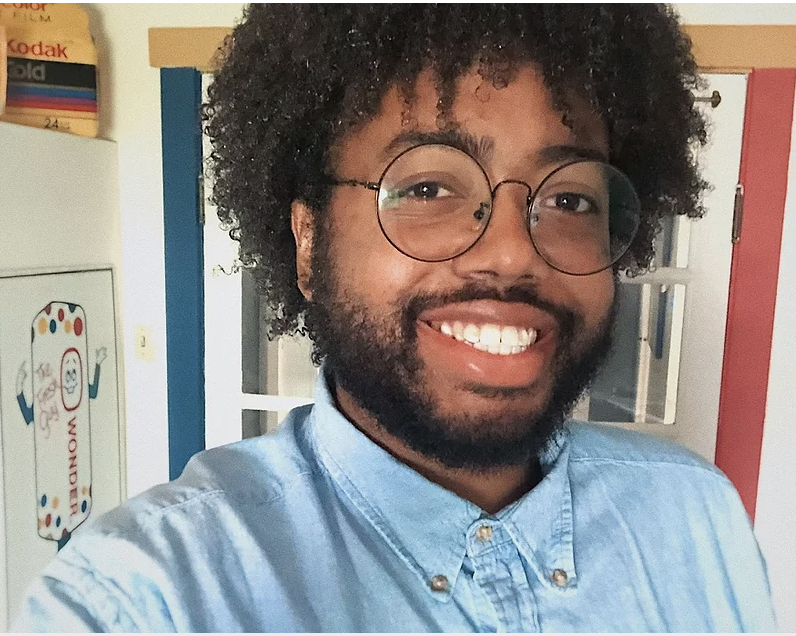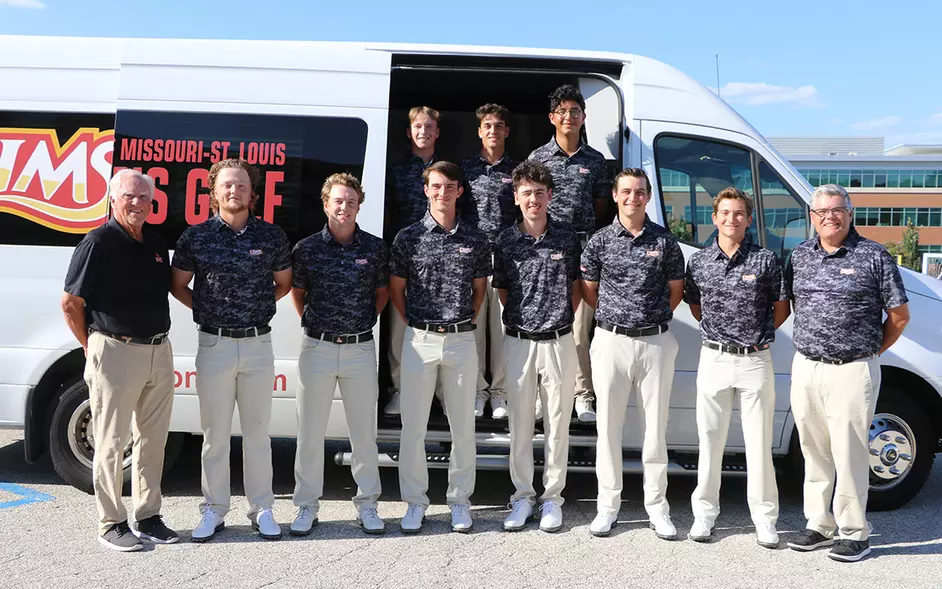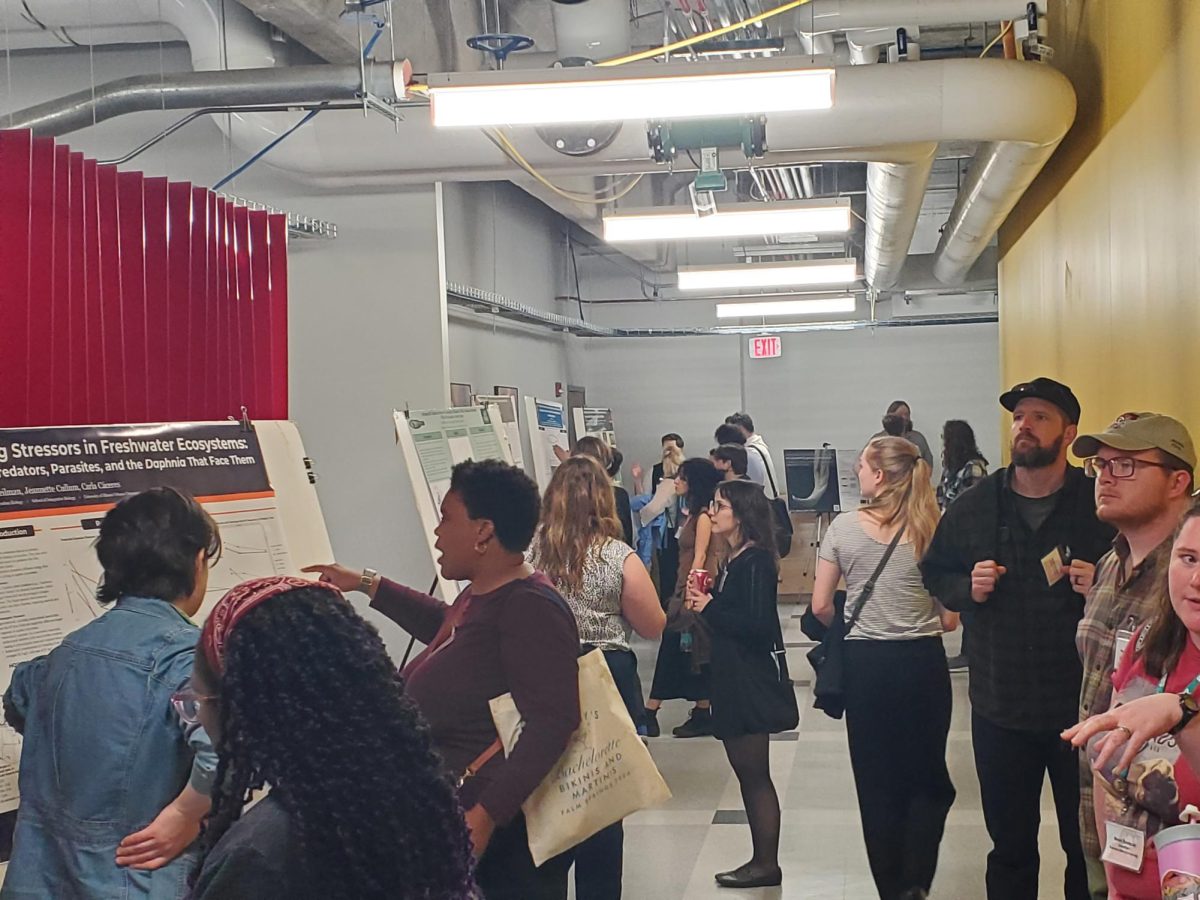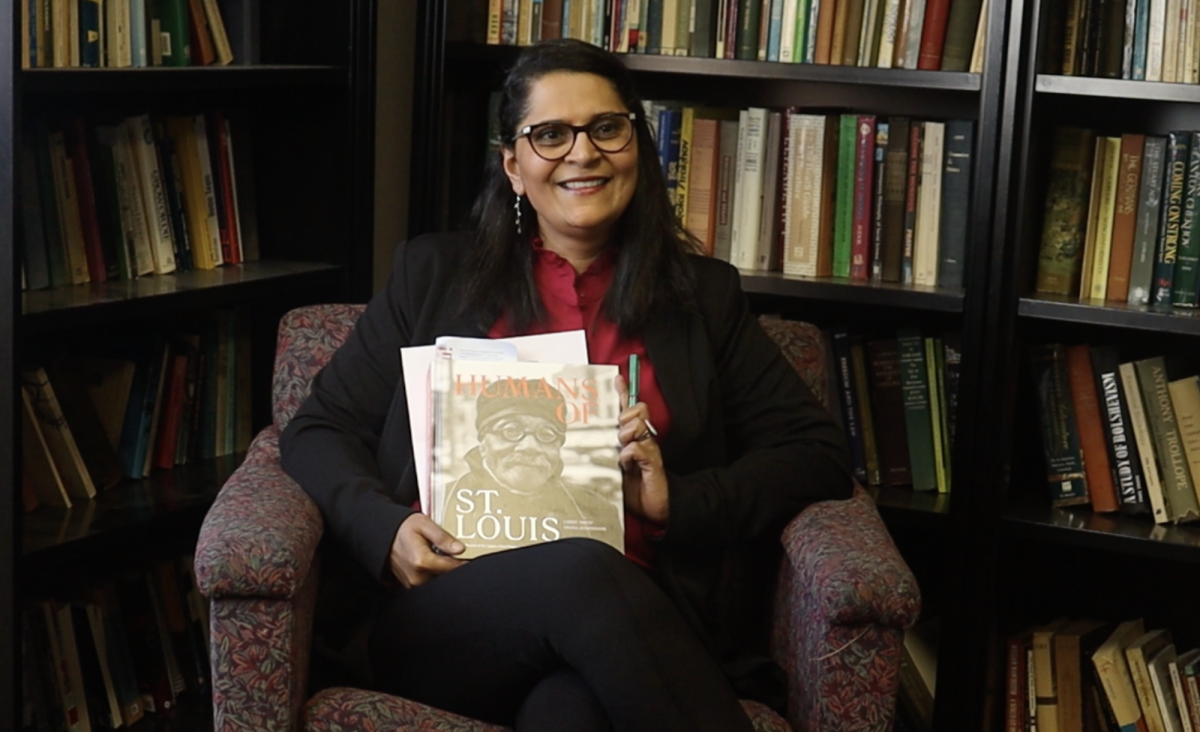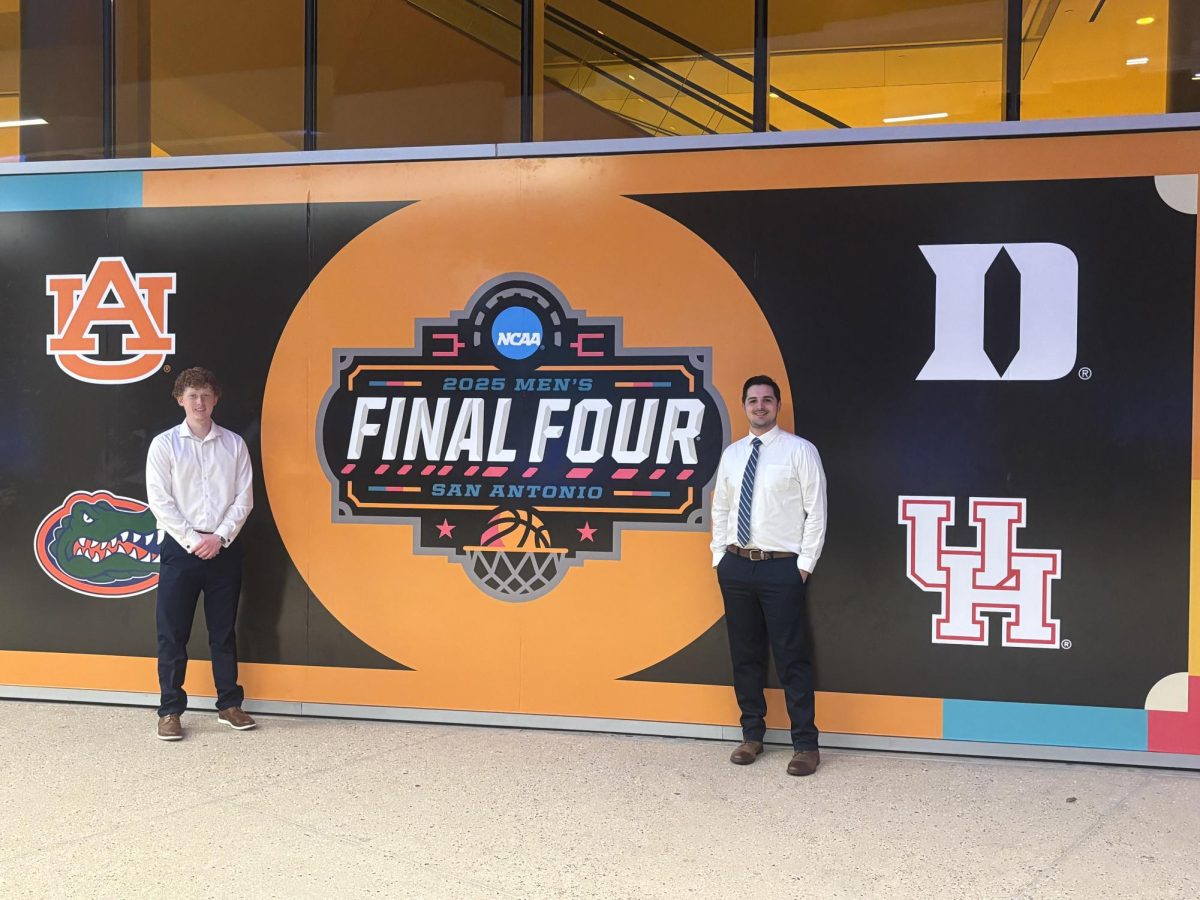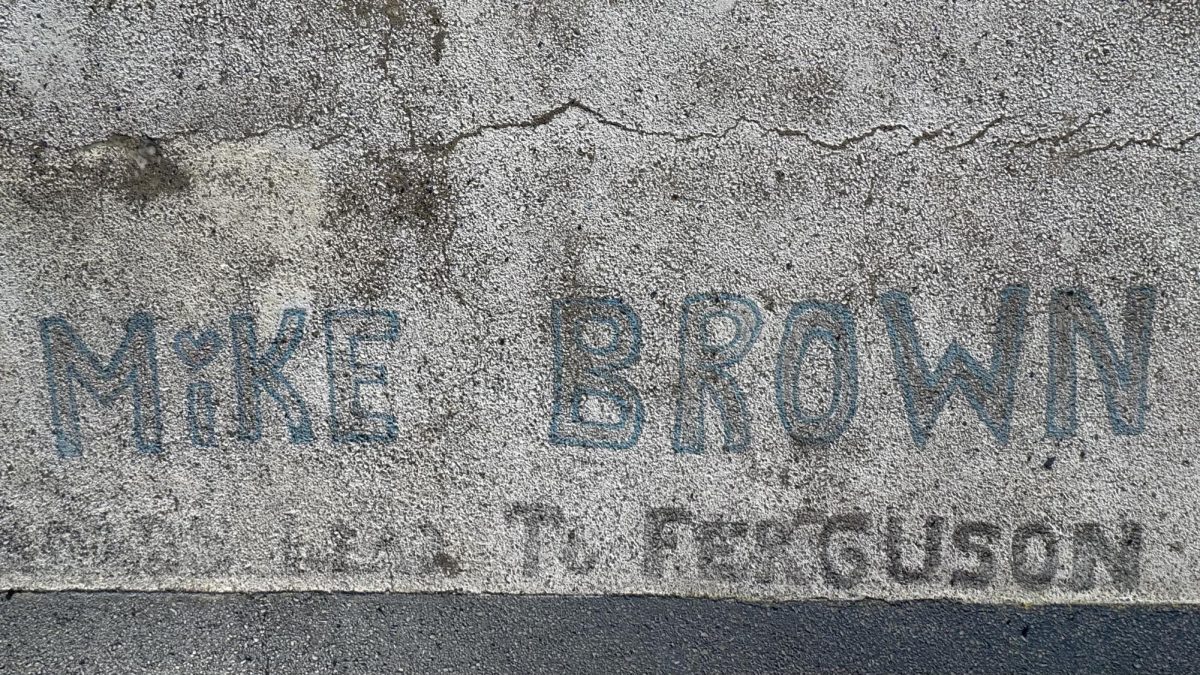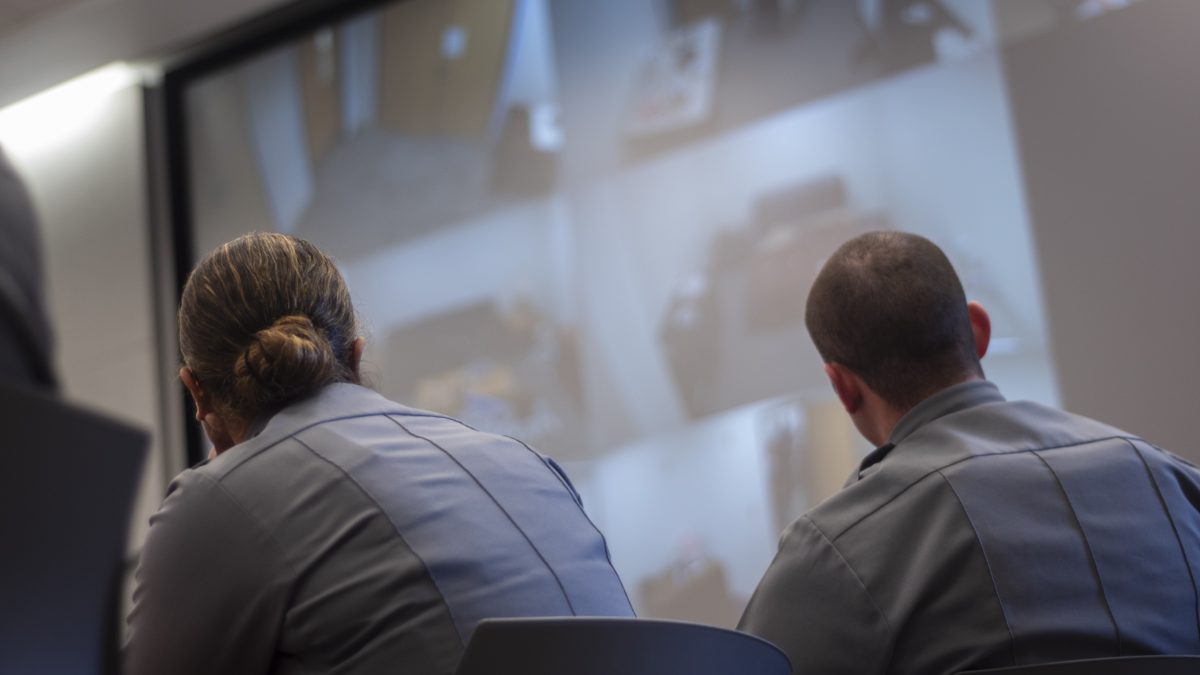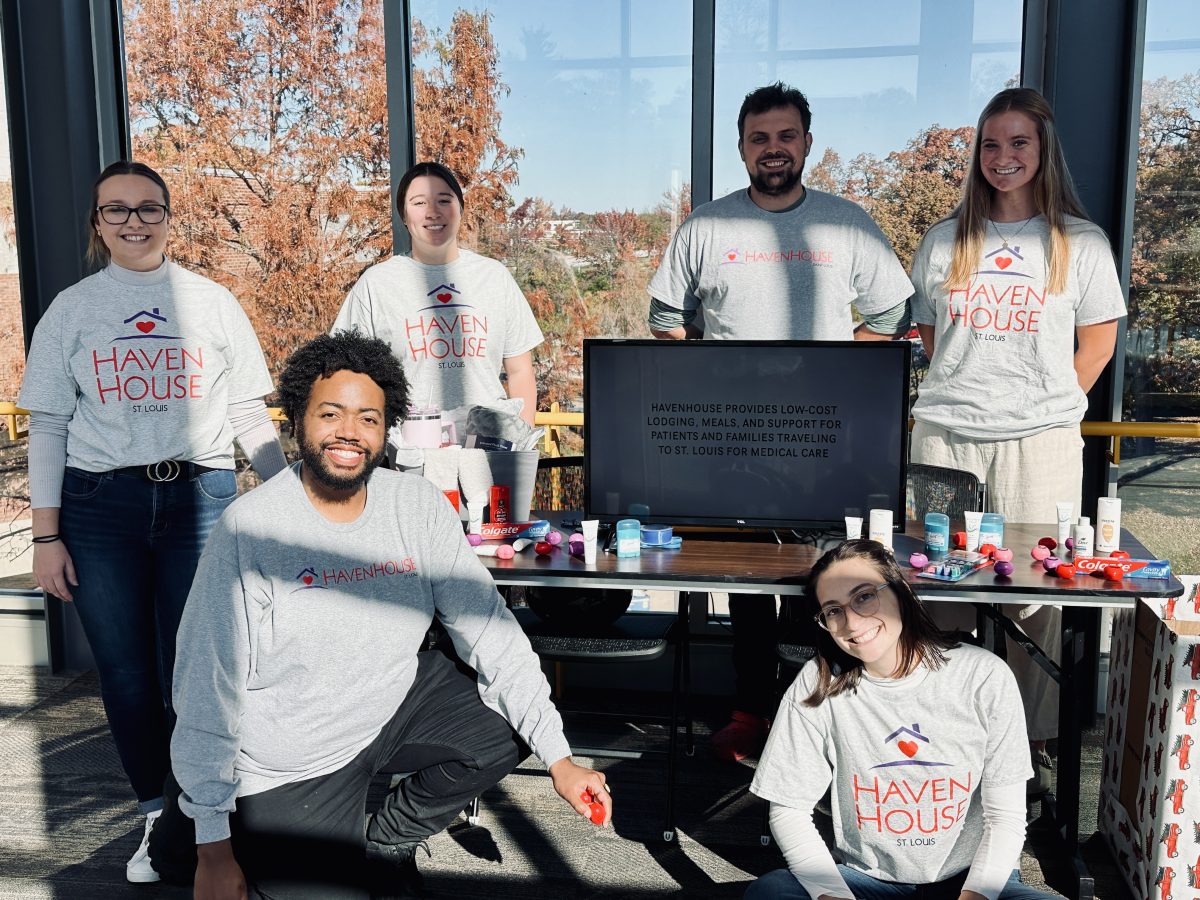On Tuesday, October 1, the Children’s Advocacy Services of Greater St. Louis hosted their first child abuse training for the St. Louis County Police Academy in their newly acquired mock apartment in the Children’s Advocacy Center.
Located on South Campus, the Children’s Advocacy Center is one of three locations where the Children’s Advocacy Services of Greater St. Louis operates to serve the greater St. Louis area. The Children’s Advocacy Services of Greater St. Louis is a “university-based, multidisciplinary center that provides high-quality trauma-focused services to youth, families, and the community.” The Children’s Advocacy Center serves children and families impacted by traumatic events including childhood sexual abuse, physical abuse and neglect. The services provided include forensic interviews, family advocacy and training. The Center is also affiliated with the Department of Psychological Sciences at UMSL.
During renovations, the Children’s Advocacy Center acquired a mock apartment to use for training in forensic child abuse investigations. The training last week was the first to take place in this new mock apartment. The St. Louis County Police Academy, in partnership with the Children’s Advocacy Center, hosted the training to teach police recruits how to handle a child abuse call and how to do an interview with a child.
The training began with a brief presentation from Amy Robins, the Forensic Services and Operations Manager at the Children’s Advocacy Services of Greater St. Louis. The presentation covered the role of law enforcement in child abuse calls, which includes encouraging the safety of the child and gathering evidence.

Robins also taught recruits the steps to perform a cursory interview. A cursory interview is a brief interview that aims to gather minimal information to assess a child’s safety. A cursory interview often starts with rapport-building questions and then transitions to learning the who, what and where of a situation. Additionally, recruits were taught how to perform caregiver interviews, including gathering details regarding allegations and assessing safety concerns.
Police recruits then split into groups of three to complete the training. Each group had a leading officer, a supporting officer and an officer taking notes during the simulation. Before entering the apartment, each group was briefed on the situation and why they were being called to the apartment. While a small group entered the apartment, the other police recruits watched the simulation through live video and audio feed from cameras in the mock apartment.
Participants in the training included members of the Children’s Advocacy Center and members from the St. Louis County Police Department. Depending on the simulated situation, participants took on different roles, including child, mother, father or social worker.

After each scenario, the small group of police recruits rejoined their class and had a discussion about what occurred. During these discussions, the group examined the situation at hand, what the recruits did well and what can be improved.
The training strived to be as realistic as possible to help better prepare police recruits for these types of situations. In one simulation, the recruits were being called for a wellness check on a 10-year-old girl who had not attended school for a few days. Upon entering the mock apartment, recruits were met with empty alcohol containers, unidentified pills and a loaded firearm on a table.
Through the different simulations, police recruits practiced previous investigative fundamentals learned earlier in their training while applying the child abuse techniques learned earlier in the day. Each simulation gave police recruits the opportunity to practice gathering evidence, performing a cursory interview with a child, performing a caregiver interview and overall giving police recruits the opportunity to develop their skills in a controlled environment.

